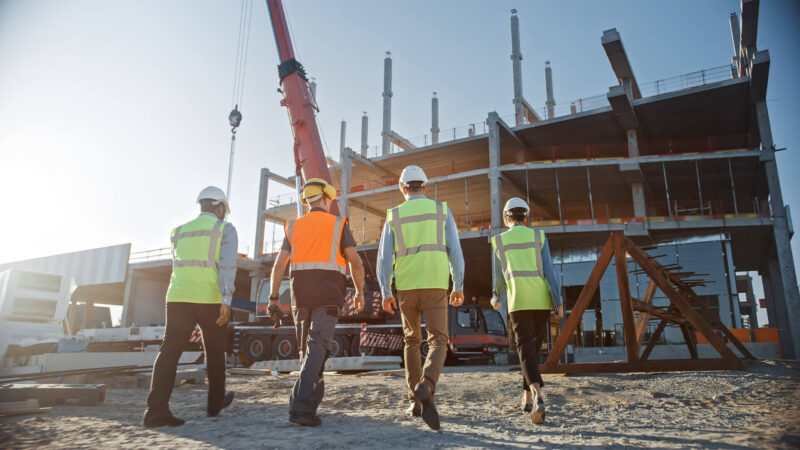Are you looking for a comprehensive guide to understanding commercial construction? From the basics of zoning and building codes to the complexities of design-build contracts, this guide provides an in-depth look at all aspects of the commercial construction process. Explore how different players are involved in each project, from architects and engineers to contractors and subcontractors.
Learn about building materials and why certain ones may be better suited than others for your particular project. Finally, get up to date on the latest trends in green building that can help make your next commercial development more cost-effective and efficient. Whether you’re just getting started or need a refresher course on commercial construction principles, this guide is sure to provide valuable information.
Introduction to Commercial Construction
The BuildOps commercial construction technology glossary is an essential resource for professionals in the commercial construction industry. Commercial construction is a broad field that involves the building and renovation of structures used for businesses, schools, hospitals, and other public works. It requires a deep understanding of complex engineering principles, combined with a wide range of technologies and materials. From small office buildings to large-scale skyscrapers, commercial construction projects come in all shapes and sizes, each requiring its unique approach to ensure success.
This comprehensive guide, the BuildOps commercial construction technology glossary, provides important information about the processes involved in this area of work, as well as tips on how best to tackle such projects from start to finish. Whether you are an experienced professional or just starting in the industry, this guide has got you covered, offering a wealth of information and insights that will help you achieve success in your commercial construction projects.
Assessing the Project Requirements

Assessing the project requirements is a key step in any successful commercial construction project. It involves analyzing the scope of work, materials, and resources necessary to ensure that all aspects of the job are accounted for. This process can be complex but by breaking it down into distinct steps you can make sure no detail is overlooked. First, take time to understand what tasks need to be completed and identify which materials will be needed for each task.
Next, create a timeline outlining when each part of the job needs to be completed so that you have an accurate view of how long it will take overall. Finally, assign responsibility for specific parts of the project so that there’s accountability throughout its completion. By following these simple steps you can make sure your commercial construction project meets all expectations without running over budget or compromising on quality standards.
Choosing the Right Team for Your Project
When it comes to commercial construction projects, selecting the right team is essential for ensuring a successful outcome. Choosing the right professionals with the experience and skills necessary to handle your project requires careful consideration. It is important not just to look at qualifications but also personality traits such as work ethic, communication style, and trustworthiness. Additionally, you should review their portfolio of past projects so that you can be sure they have the expertise required for your particular project.
Making sure that your team understands what success looks like on this particular project is key as well; clearly defining expectations from all parties will help ensure everyone knows what needs to be done and when it has been accomplished. You’ll want people who are willing to problem solve creatively to overcome any challenges or obstacles during construction. Finally, discussing payment terms up front will help avoid misunderstandings down the road — make sure everyone is clear on who pays whom and when payments are due throughout the completion of the job.
The Design and Planning Process

The design and planning process of commercial construction is a critical step that requires careful consideration. Before the build can begin, detailed designs must be formulated and an overall construction plan created. The architect or engineers involved in the project need to understand how all components will come together to create a safe, functional building.
This includes taking into account local laws and regulations as well as any potential environmental impact of the construction project. During this phase, decisions are made regarding materials to be used, any special equipment needed, and budgeting considerations such as labor costs and timeline estimates. With so many factors at play during this early stage, it is important to ensure everything is considered to create a successful outcome with minimal delays or issues later on down the line.
Procurement Strategies for Materials and Equipment
Procurement strategies for materials and equipment are key to the success of any commercial construction project. Choosing the right suppliers, negotiating favorable prices, and ensuring timely delivery of materials can make all the difference in meeting tight deadlines without sacrificing quality.
It is important to develop an effective procurement strategy that takes into account project-specific factors such as cost estimates, existing contracts or bids from vendors, material availability, lead times, and environmental considerations. With careful consideration of each factor involved in a given construction job, it becomes possible to secure reliable supplies at competitive prices while maintaining safety standards throughout the process.



